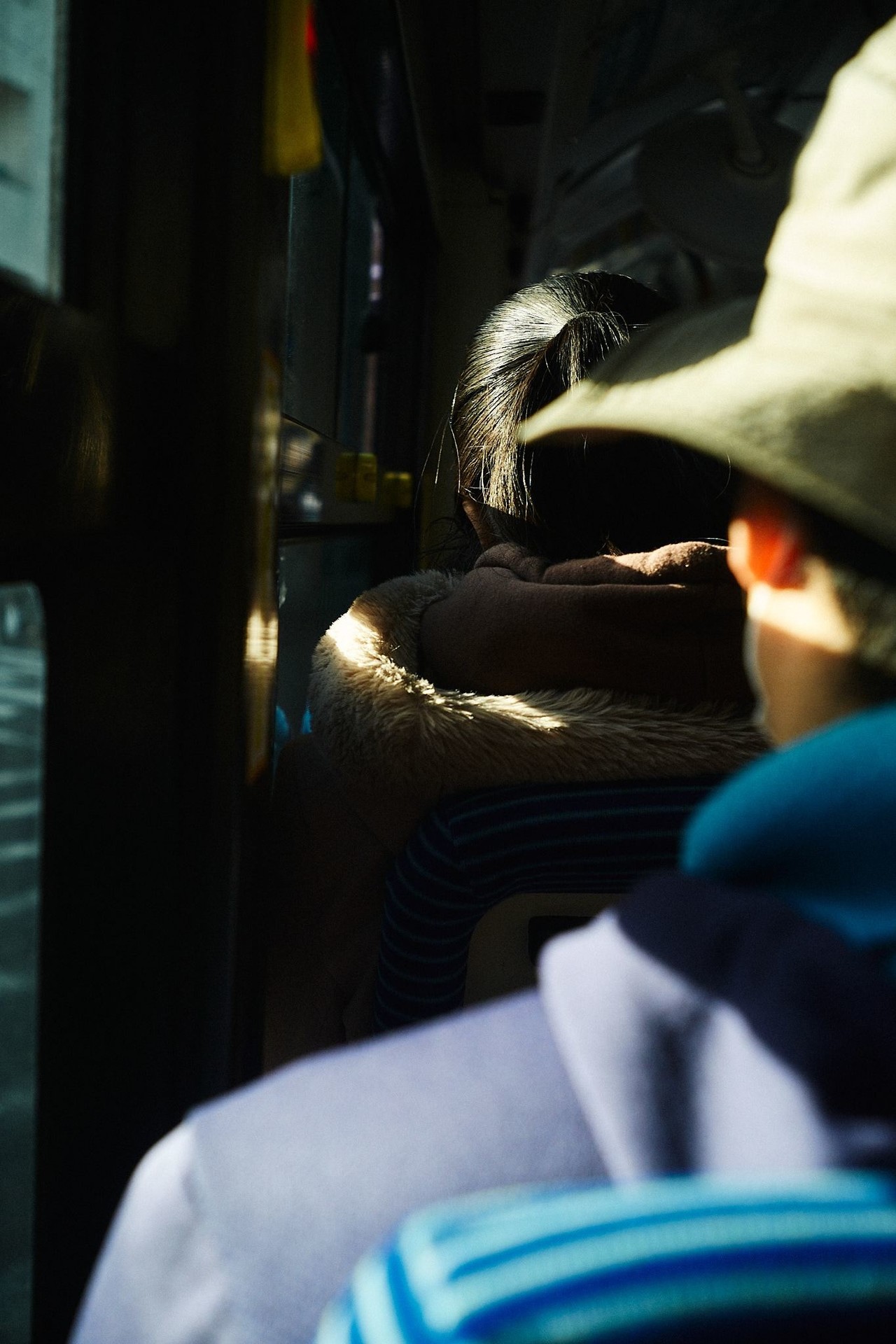With a Leica M10-P dangling from my neck, I went to Fort Ueno, a photo shop between Shibuya and Ebisu, to get the film developed and scanned data I had asked for.
When I walked along Meiji Street, cherry blossoms were in full bloom in the vicinity of Shibuya 3-chome.
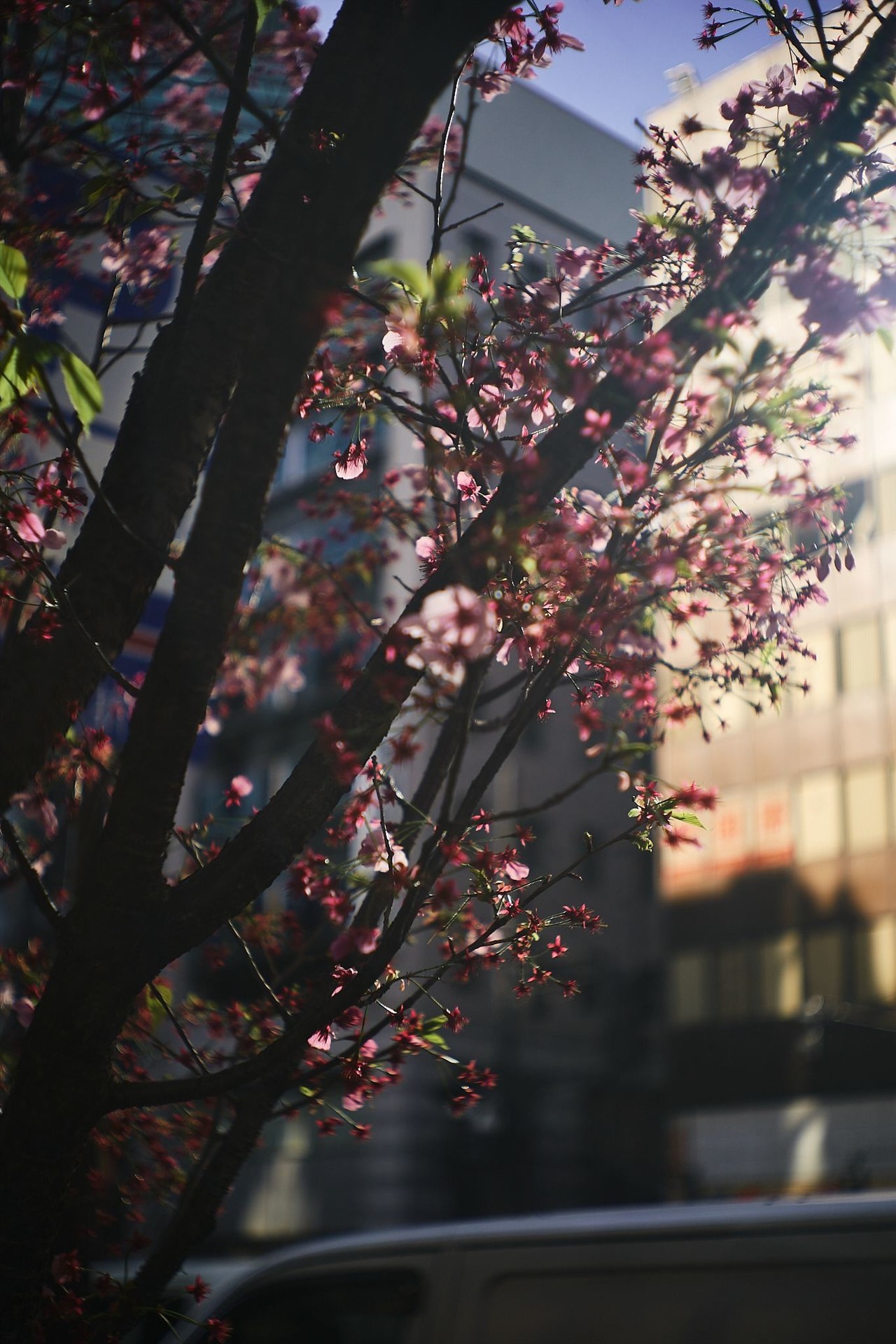
This is the failed photo I took there.
The lens I was using today, the Hektor 5cm, is a "sunken type" lens with a mirror body that sinks into the camera's side so that it can be carried compactly. I had to pull off the sunken lens when I used it, but it seemed to have sunk halfway and the focus plane was out of alignment until I noticed it and fixed it. (As a rule, using a digital camera is not allowed.)
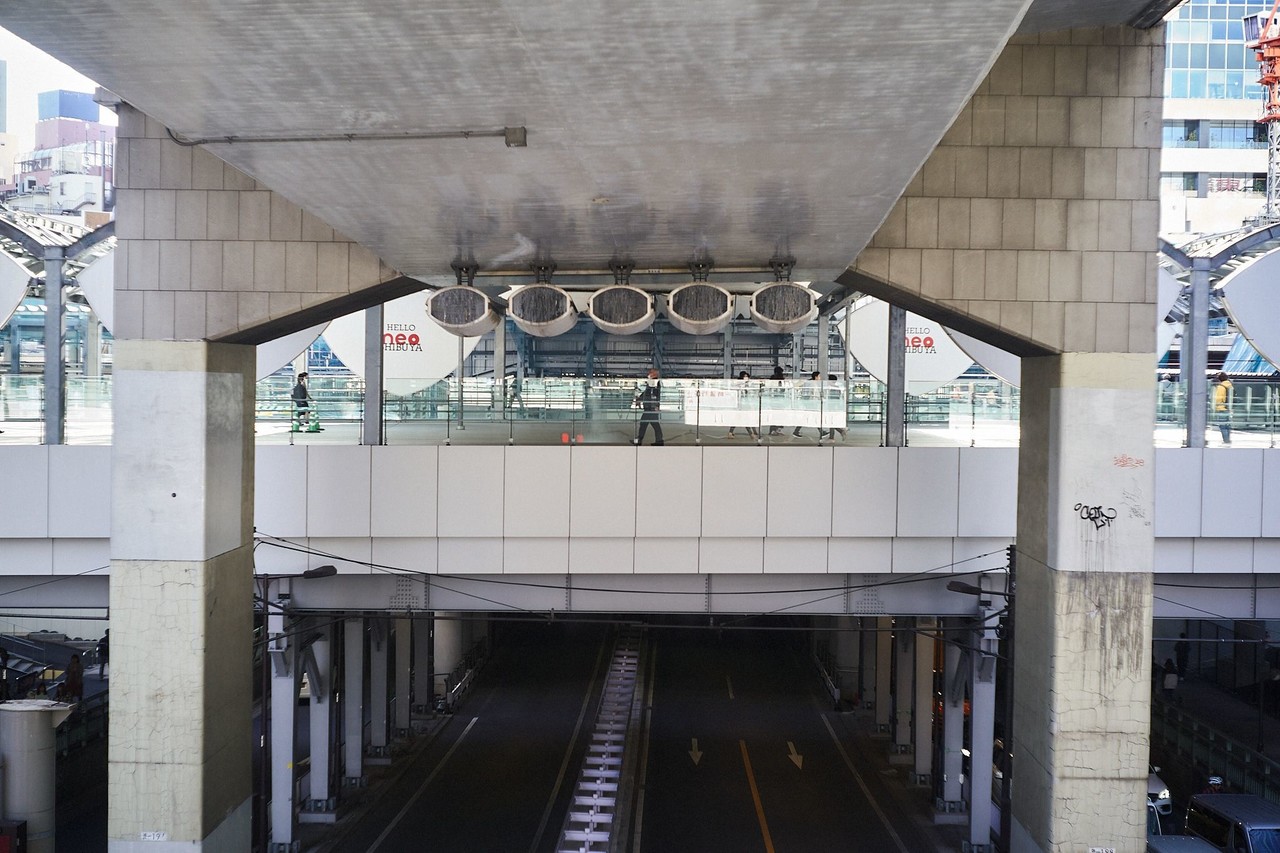
It is a "Hektor 5cm" lens made by Leitz (now Leica) in 1931 (estimated). It was made about 90 years ago.
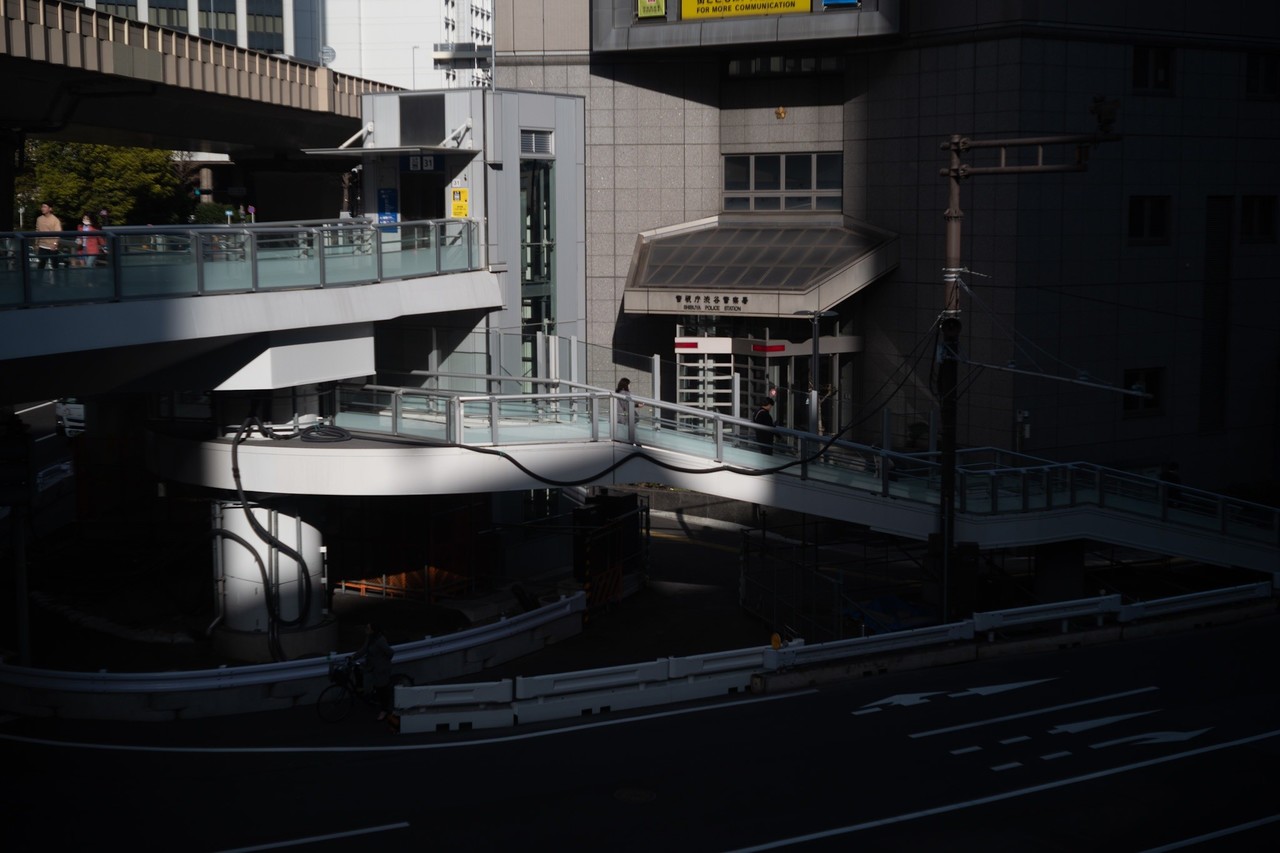
Every time I use it, I am amazed that such an antique is still in use.
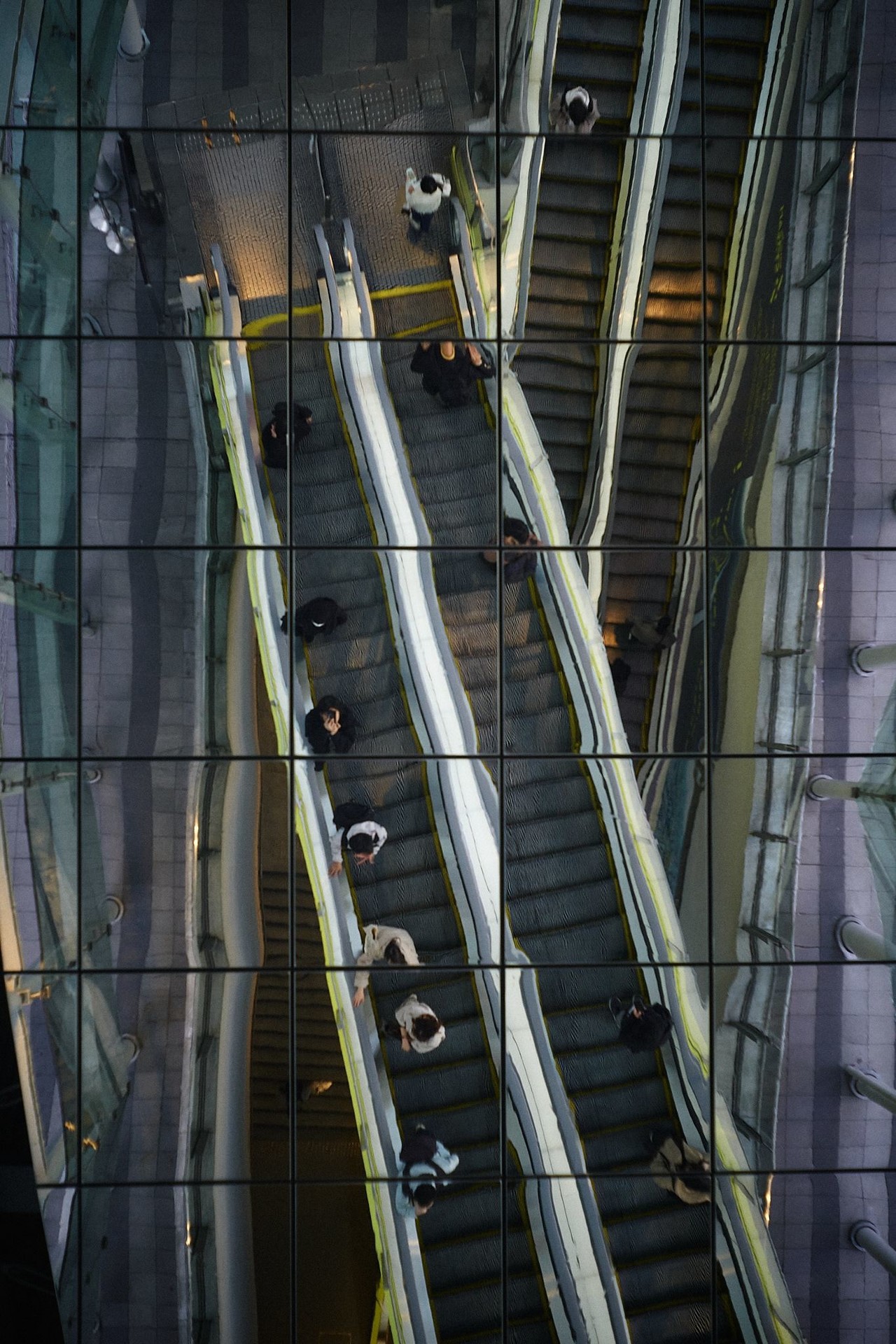
Glass that is not coated at all, and a lump of metal. If plastic or rubber had been used, it would not have lasted as long as it did.
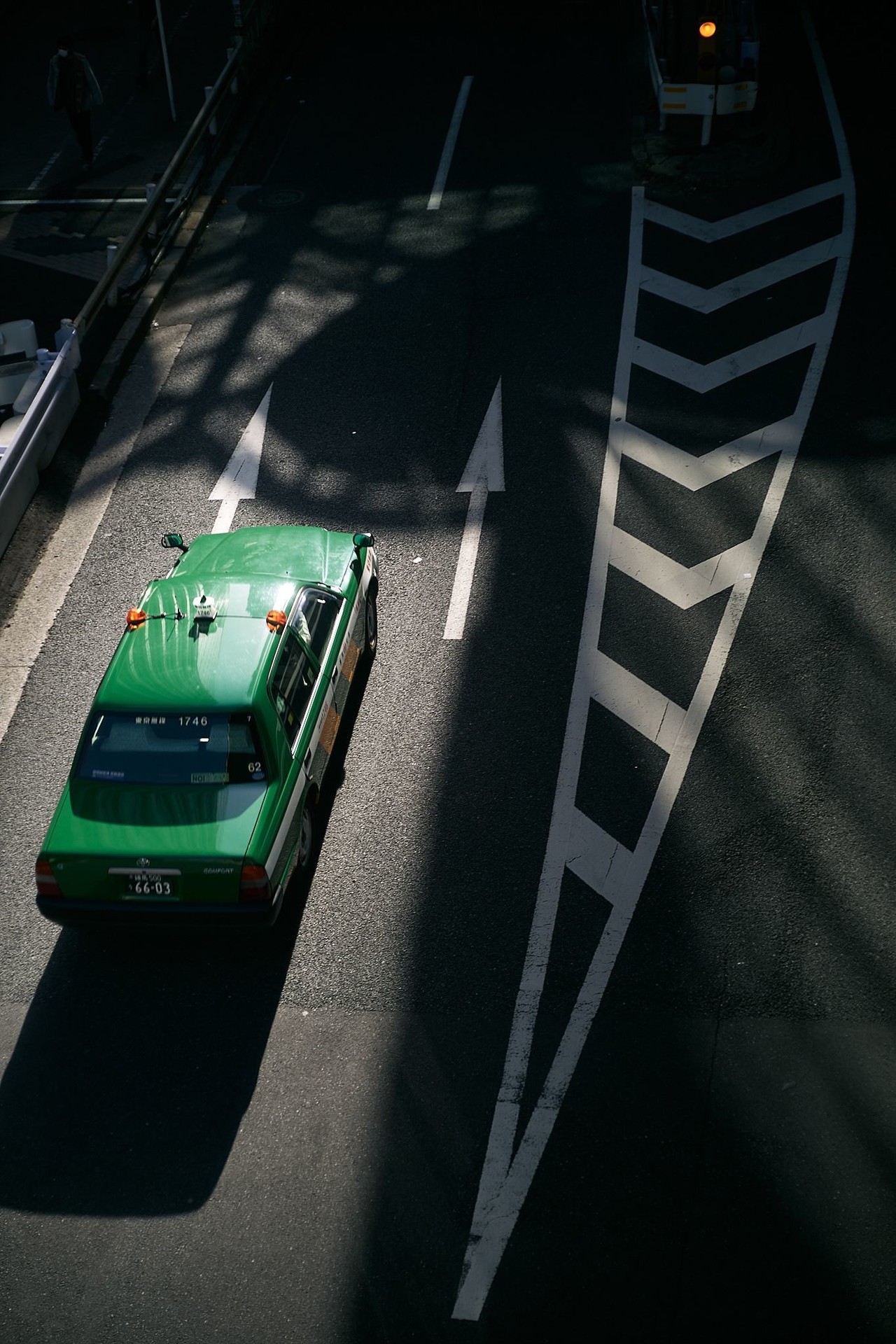
As you might expect, the resolution is slower than with modern lenses.
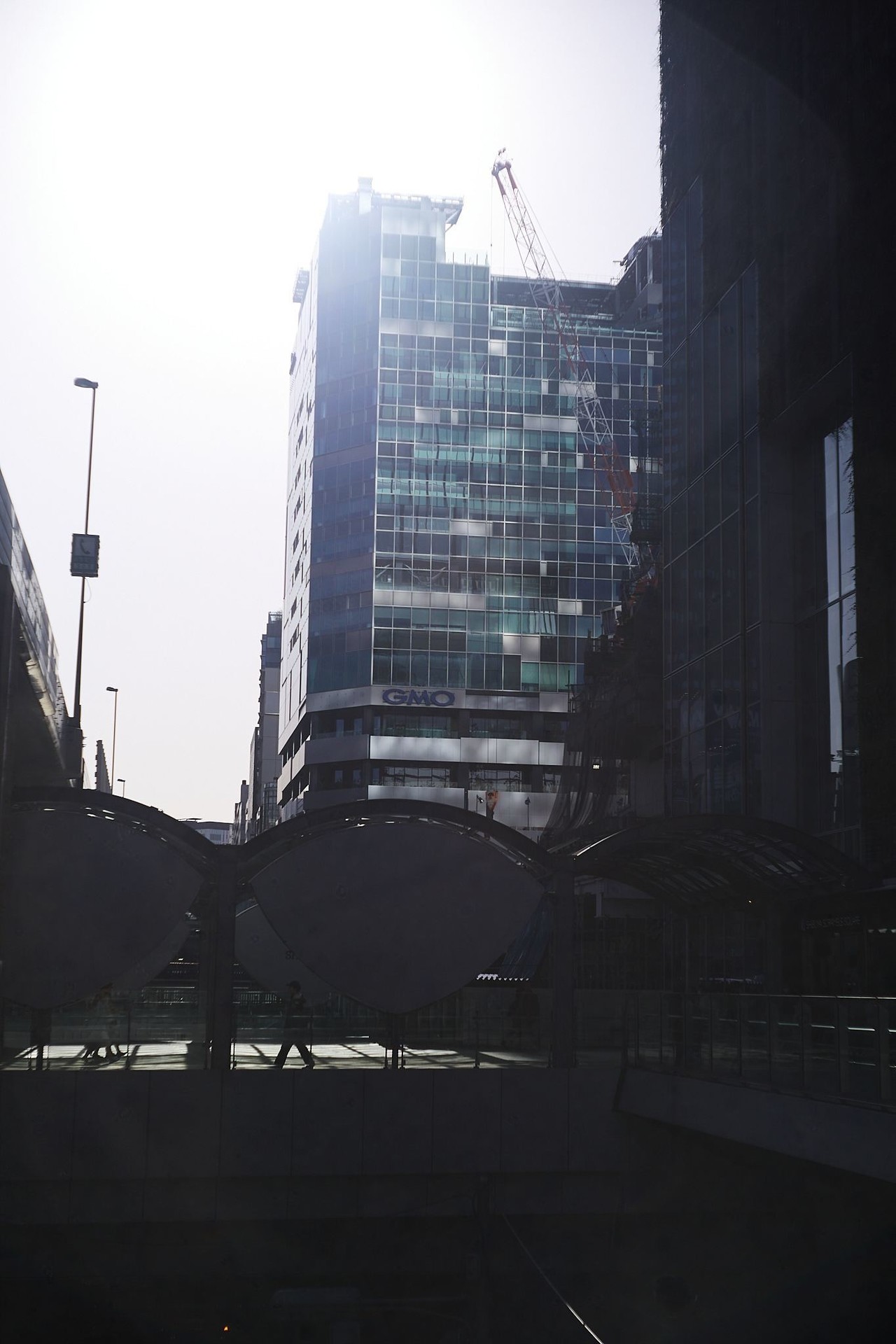
Backlight tolerance is zero (this photo is still better because I have a hood on it).
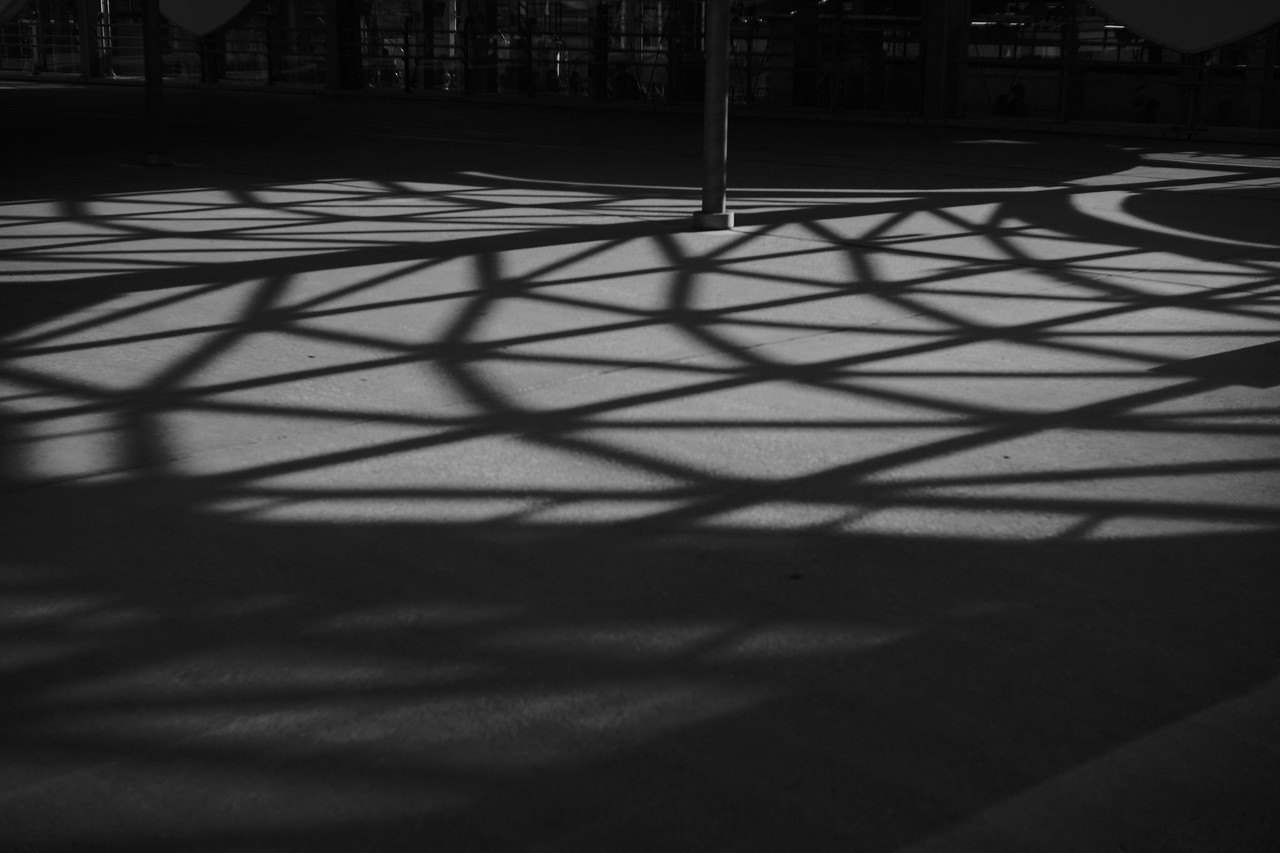
A sober old lens with no iridescent flare or characteristic bokeh. However, I like it because it has an indescribable flavor.
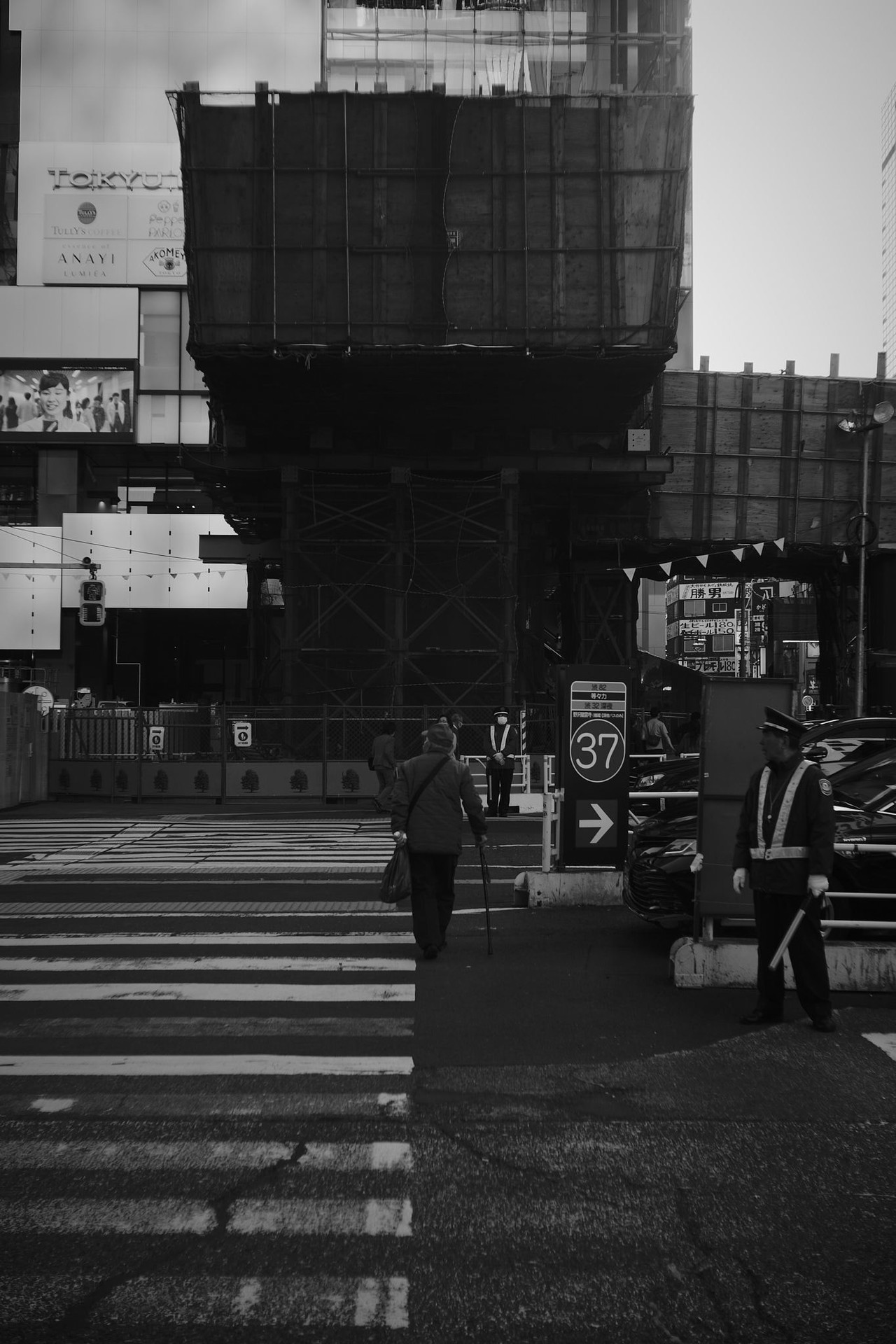
The black-and-white images are particularly appealing because of their fluffy yet grainy depiction, like a charcoal painting.
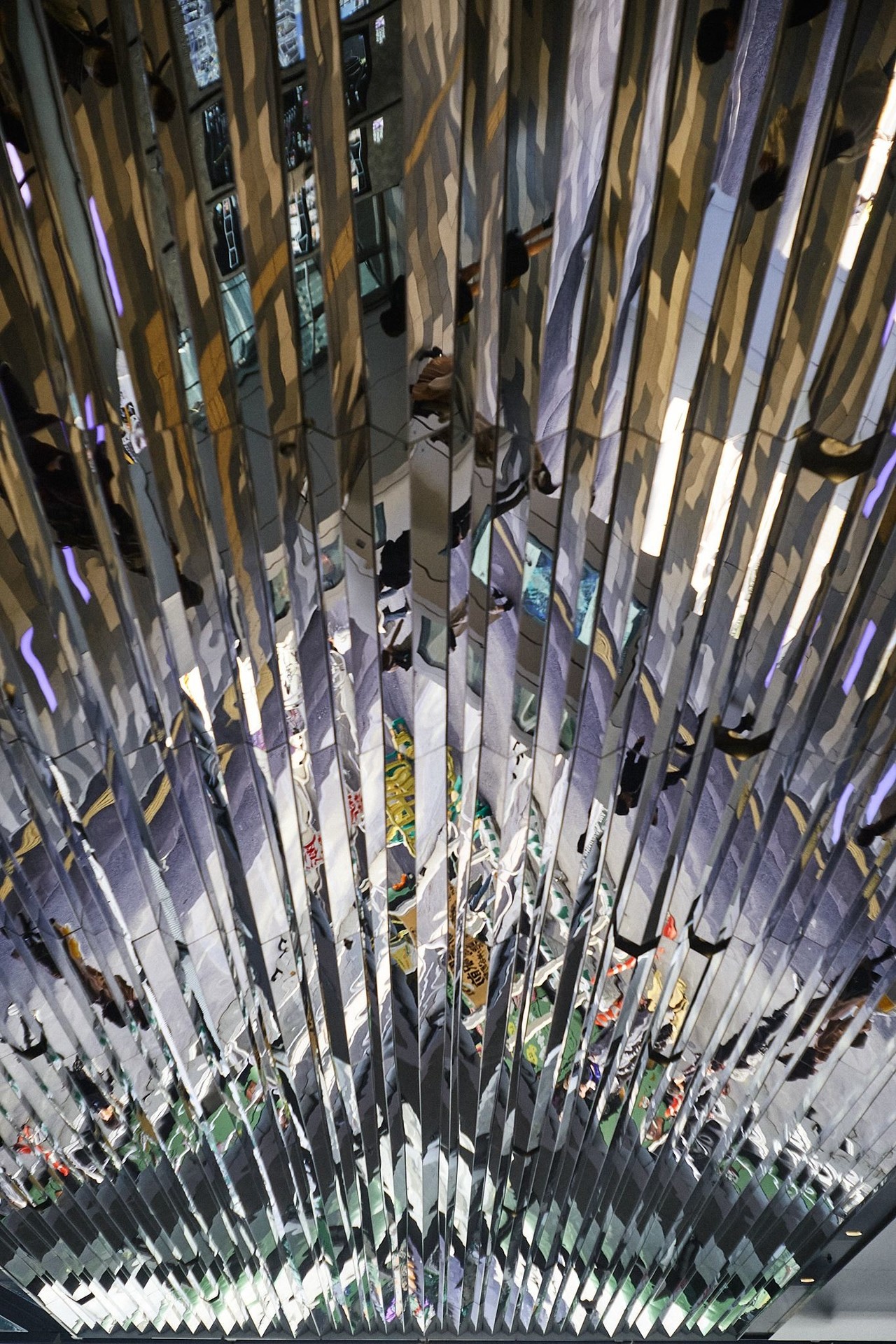
I think it's a privilege to be able to use such an antique old lens in both digital and film photography.
